
Five common pests you may find in your home this fall
Here are some common uninvited house guests, and tips on how to prevent them from making themselves comfortable.
Every season is a little bit different. The temperature changes, different plants are in bloom, and some animals change their habits to accommodate the weather.
Insects and small rodents are also on the move, and as fall progresses and winter approaches, some may migrate indoors.
Here are some unwanted visitors you can expect to find in your home during the fall.
RELATED: How to keep the mice out when the season changes
5. LADYBUGS
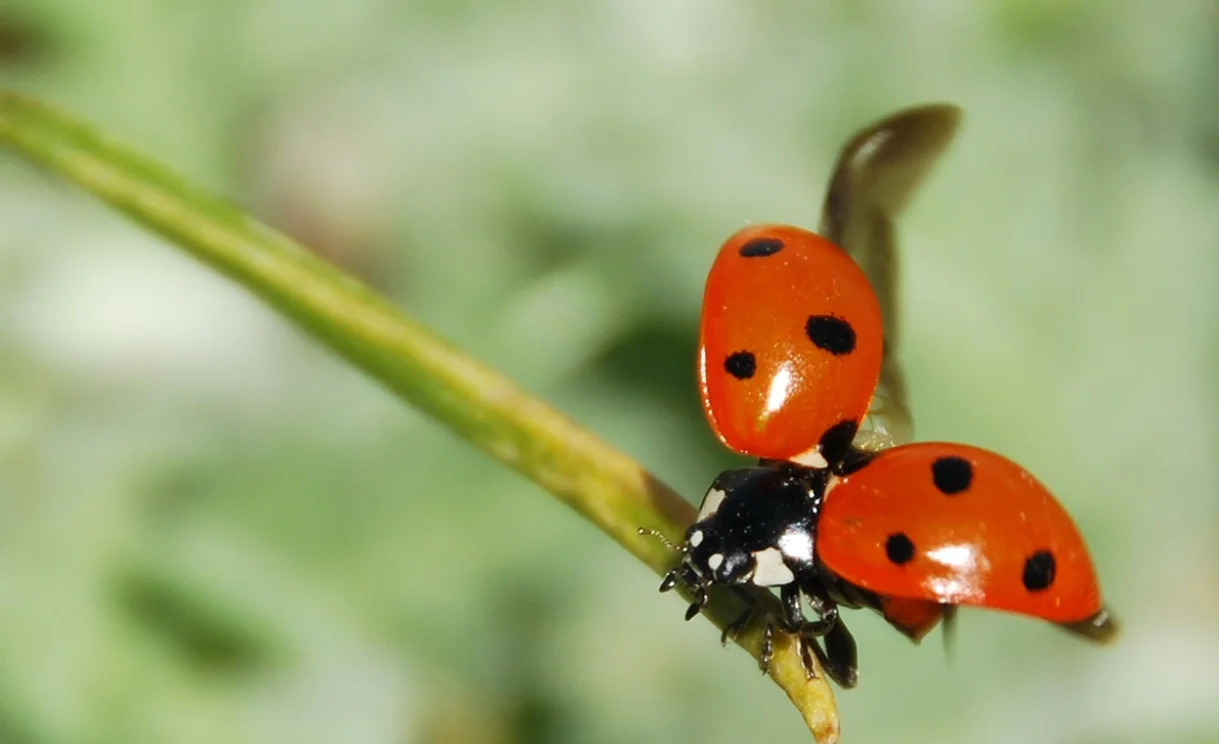
File photo: Pixabay/katja
There are more than 450 species of ladybugs in North America, and they're considered a beneficial species. According to the Government of Canada, a single ladybug will eat thousands of pest insects in its lifetime, which helps to protect crops and home gardens.
They do not sting or transmit diseases, either.
But during the fall, one species of ladybug -- the multicoloured Asian lady beetle -- has become a common source of complaints.
The insects, which were brought to North America in the 1970s to control aphids and other crop-eating insects, like to gather in groups in the fall in search of warm and dry places to ride out the winter.
They're attracted to buildings that receive a lot of sunlight and will cluster to walls and slowly work their way indoors through cracks.
The Asian lady beetle is slightly larger than native ladybugs and ranges in colour from mustard yellow to a dark copper orange. Some have black spots, while others do not.
4. BOXELDER BUG
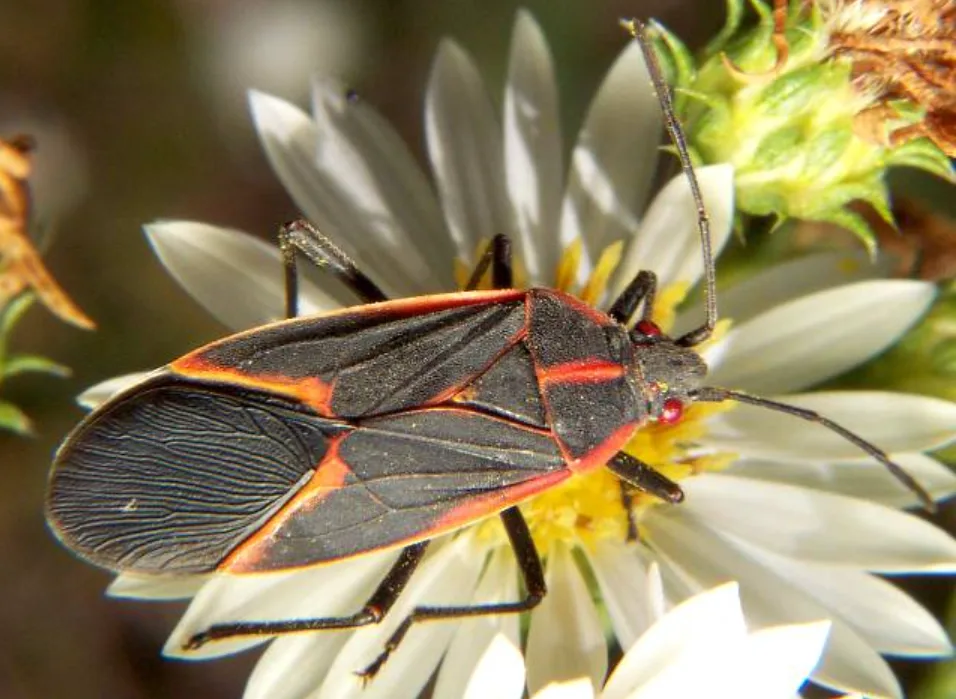
Courtesy: Wikipedia/Bruce Marlin.
Boxelder bugs are native to North America and commonly found on boxelder, maple, and ash trees in the eastern half of Canada. They spend most of their time outdoors but will venture inside when the weather cools in the fall.
Like ladybugs, boxelders like to travel in large groups and will enter through cracks and openings in windows and doors. You're likely to find them congregating on the sunny sides of rocks, trees, and buildings in October and November.
While a nuisance, they aren't known to cause property damage.
3. MICE
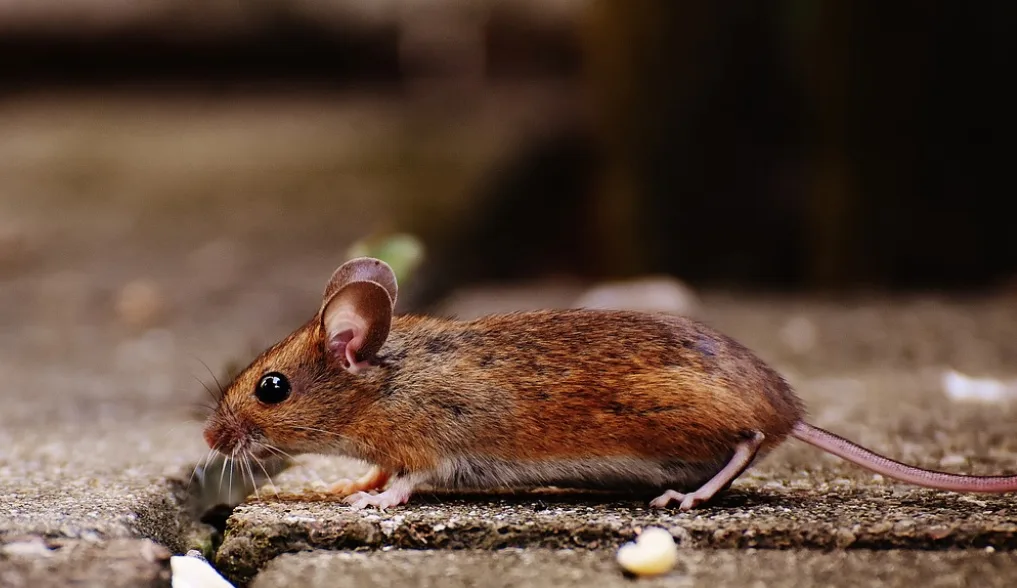
Courtesy: Pixabay/Aelxas_fotos.
It's not uncommon for mice to move into homes through cracks, open doors, windows, pipes, and vents.
The two most common species found in Canada include deer mice, which have brown or grey coats and white bellies and tail bottoms, and house mice which are brown or grey.
They produce offspring in litters of five to six babies, with the mating season lasting from early summer to late fall, and generally live no longer than a year.
According to Orkin Canada, signs of an infestation include the discovery of a nest, droppings, or live mice.
2. COCKROACHES
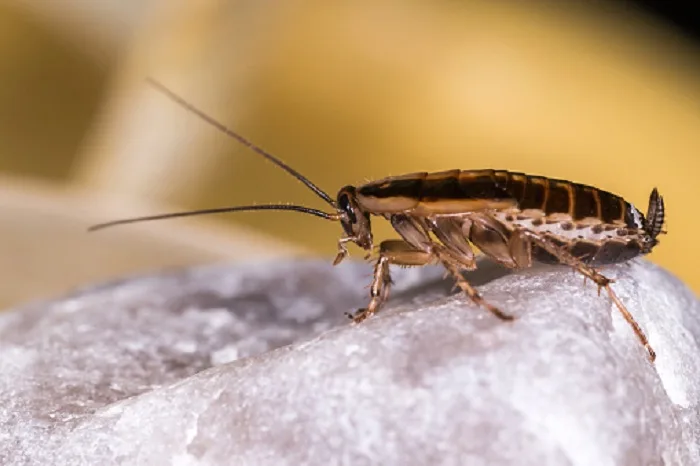
Courtesy: Getty Images.
The three main types of cockroaches found in Canadian homes include the German cockroach, Oriental cockroach, and American cockroach, according to rentokil.
These scavenger bugs will crawl over virtually anything, leading to an unsanitary, bacteria-spreading situation. Their feces, saliva, and skin can trigger asthma attacks and irritate allergies.
1. EARWIGS
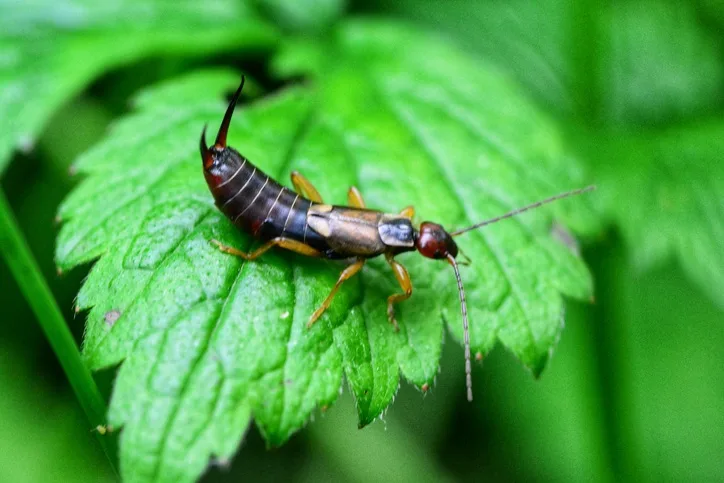
Courtesy: Getty Images.
Earwigs love to venture indoors ahead of the winter. You'll typically find them in dark, moist areas, like a basement or in your bathroom.
While there are several species of earwigs, the European earwig is the most common in Canada.
Contrary to popular belief, earwigs don't crawl into the ears of sleeping humans and animals. They're not known to attack, although they might nip if you get too close.
PEST PREVENTION
In many instances, a rodent or insect infestation may require help from a professional pest removal service. You can, however, make your home a less appealing space for pests by:
Cleaning and vacuuming regularly.
Removing crumbs from counters and the floor.
Storing food in air-tight containers.
Sealing cracks and openings in windows, doors, and walls.
Fixing leaky faucets and cracks in your plumbing.
Removing moisture with a de-humidifier.
Thumbnail image created by Cheryl Santa Maria. Mouse image courtesy: Alexas_fotos/Pixabay.










